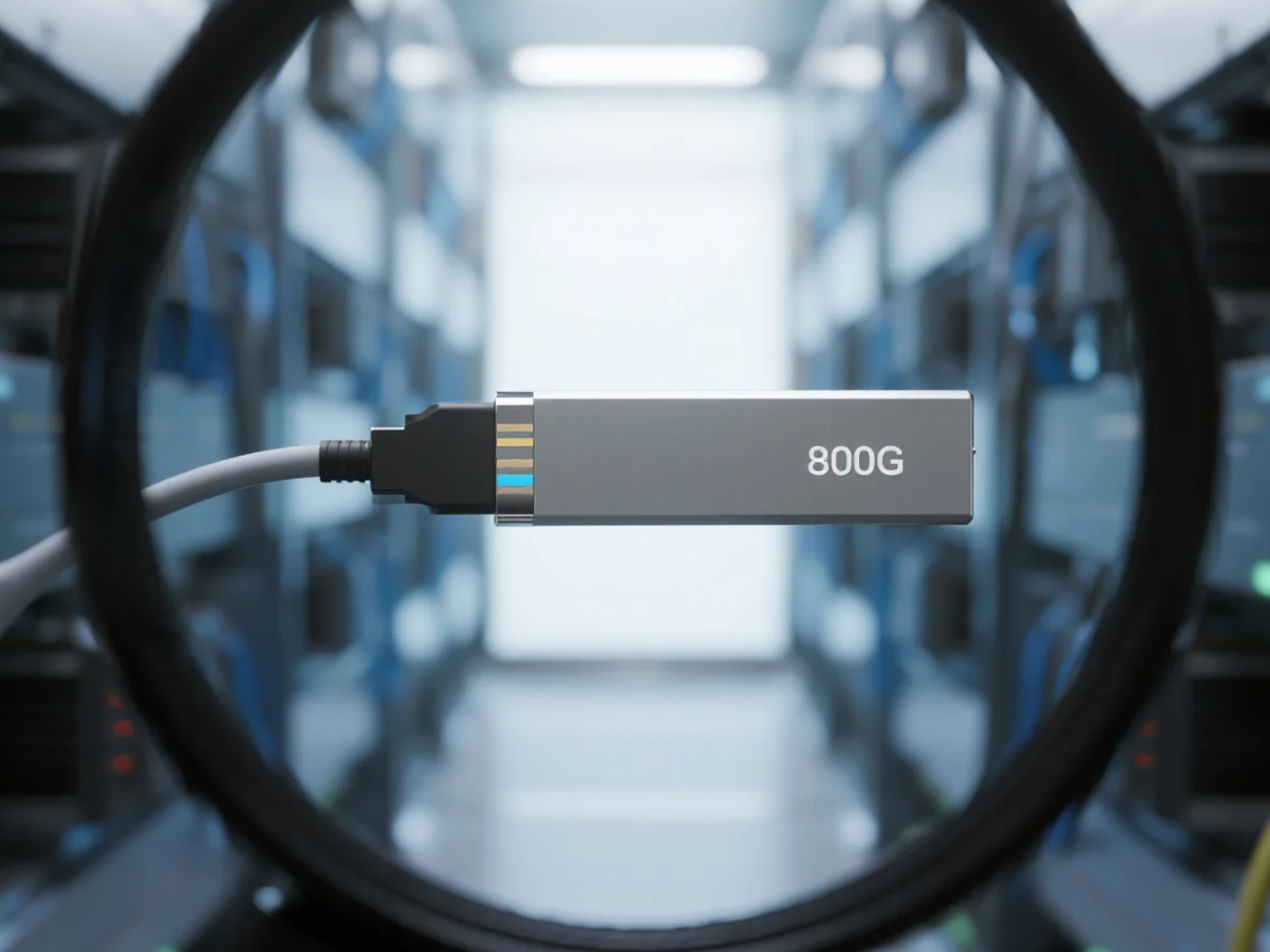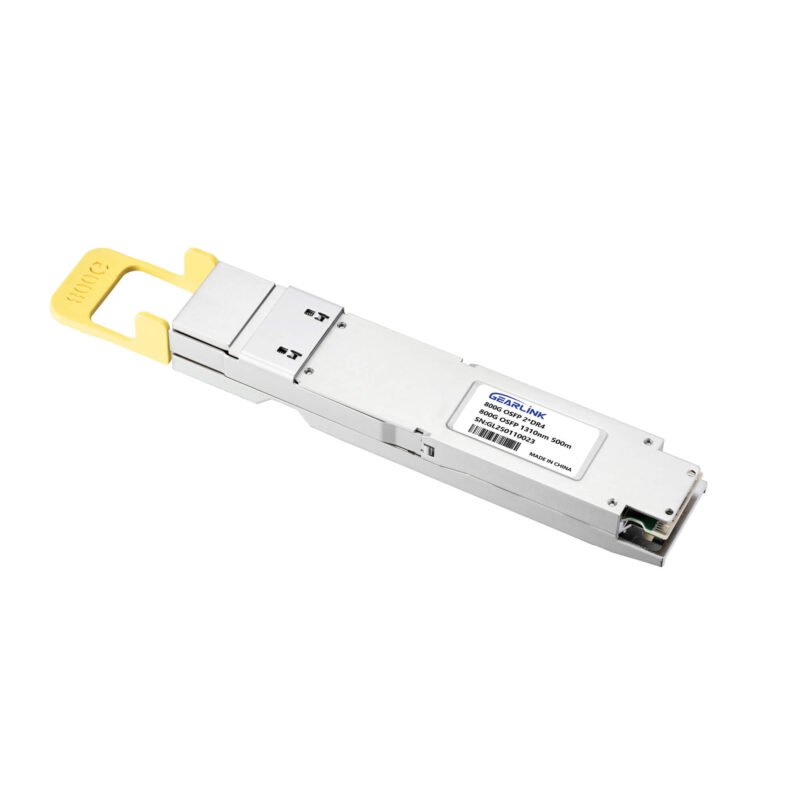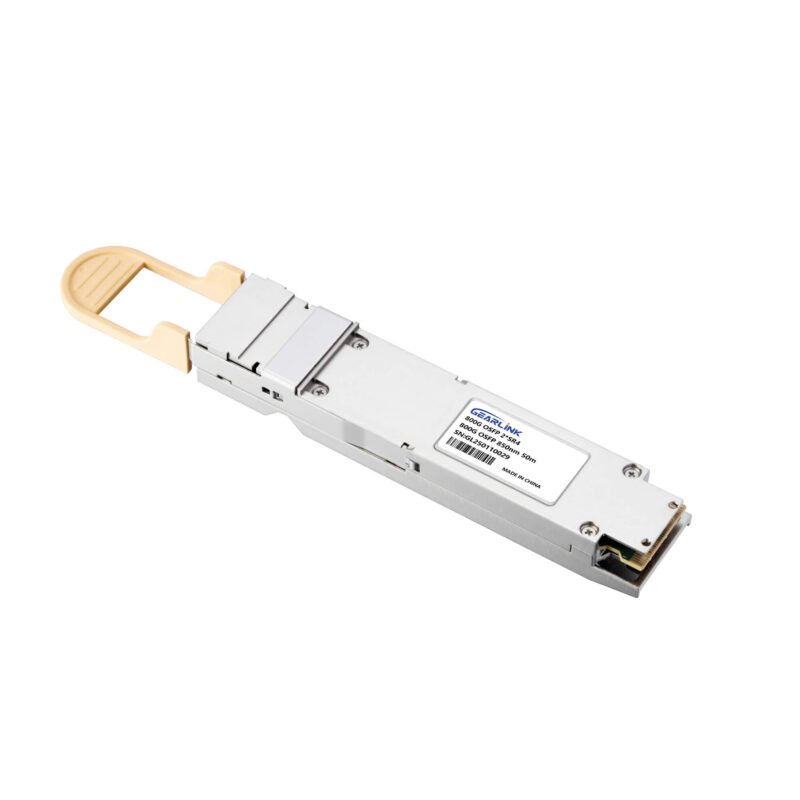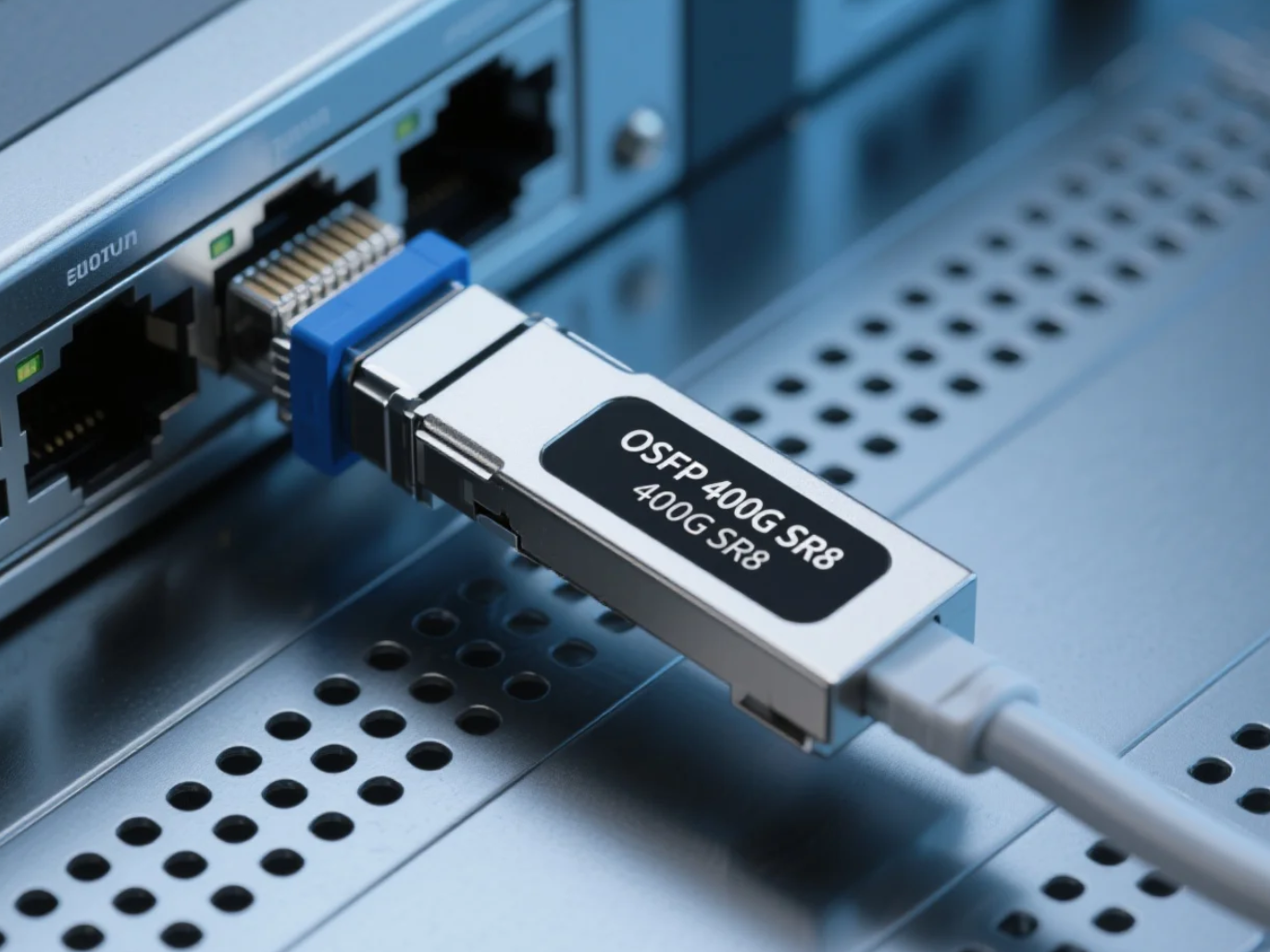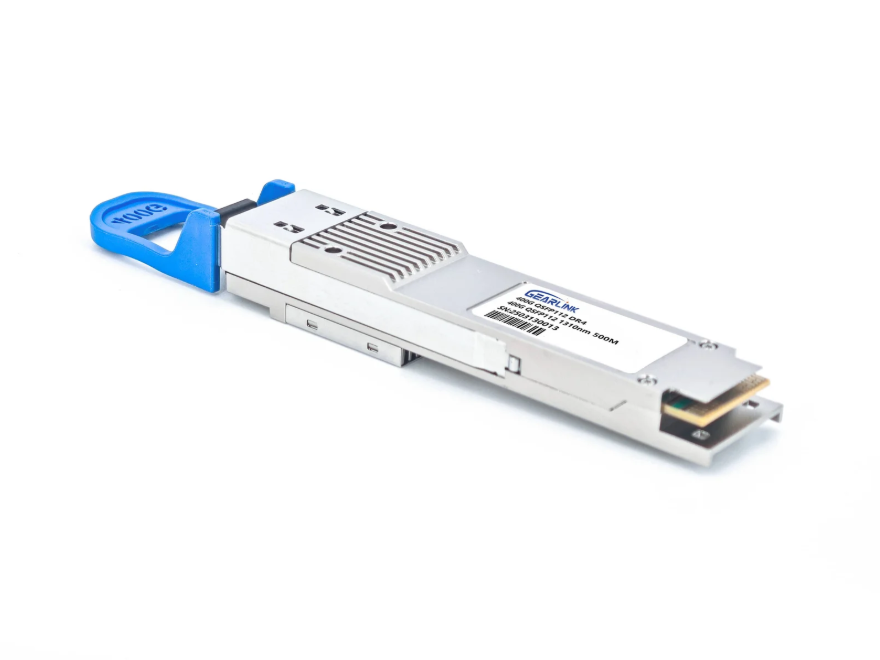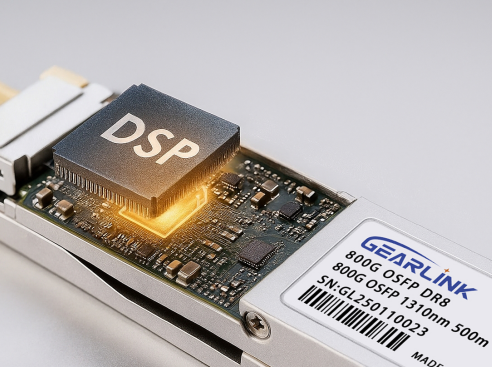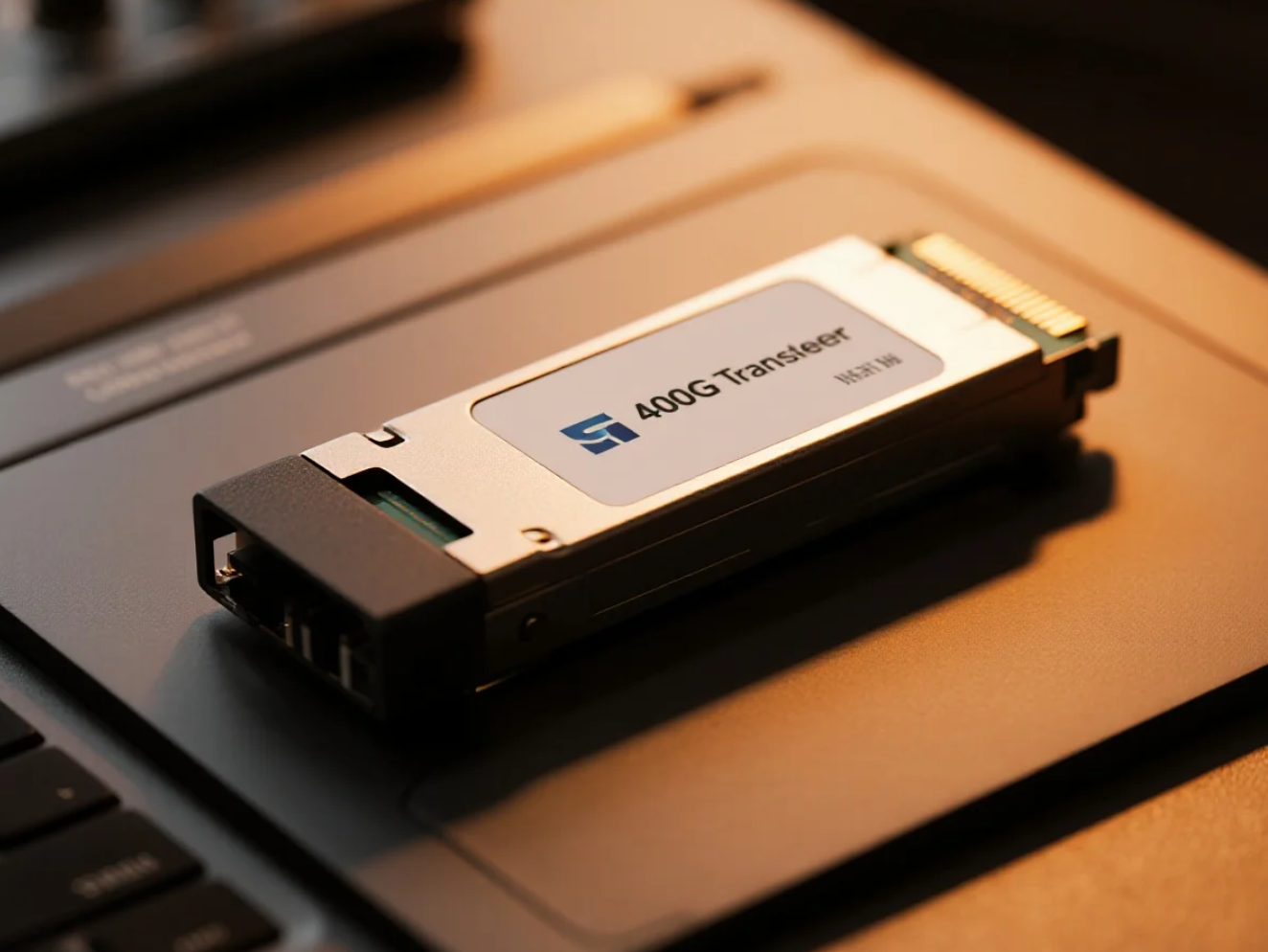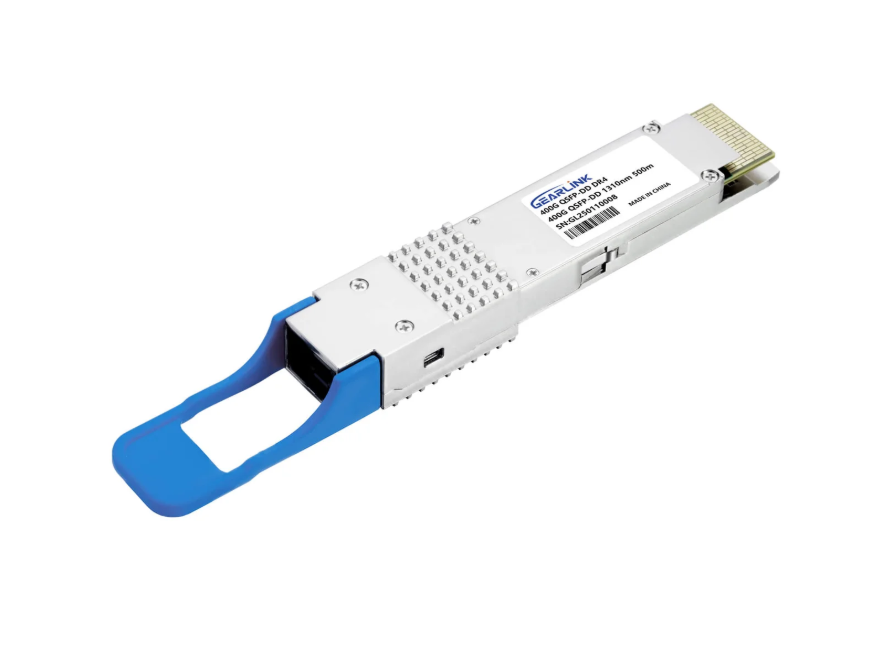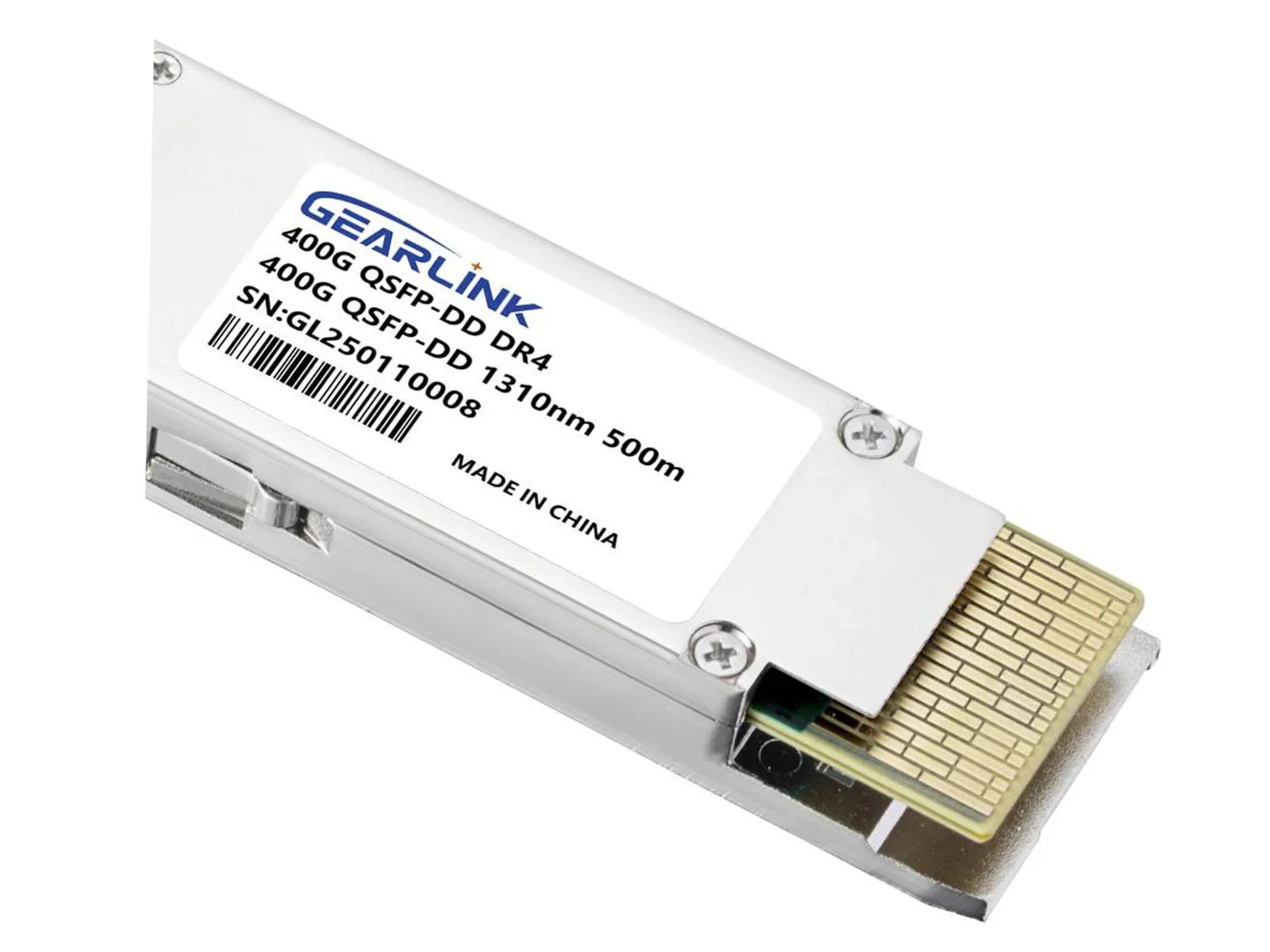In today’s digital world, where data is king and speed is everything, the demand for bandwidth continues to skyrocket. From hyperscale data centers and cloud computing to AI and machine learning, the need for faster, more efficient network infrastructure is constant. At the heart of this evolution lies the optical transceiver, and the latest leap forward is the 800G transceiver. These cutting-edge optical modules are not just an incremental upgrade; they represent a fundamental shift in how data is transmitted, offering unprecedented levels of performance and efficiency. By harnessing advanced technology, they are becoming the backbone of next-generation networks.
The Technological Leap to 800G
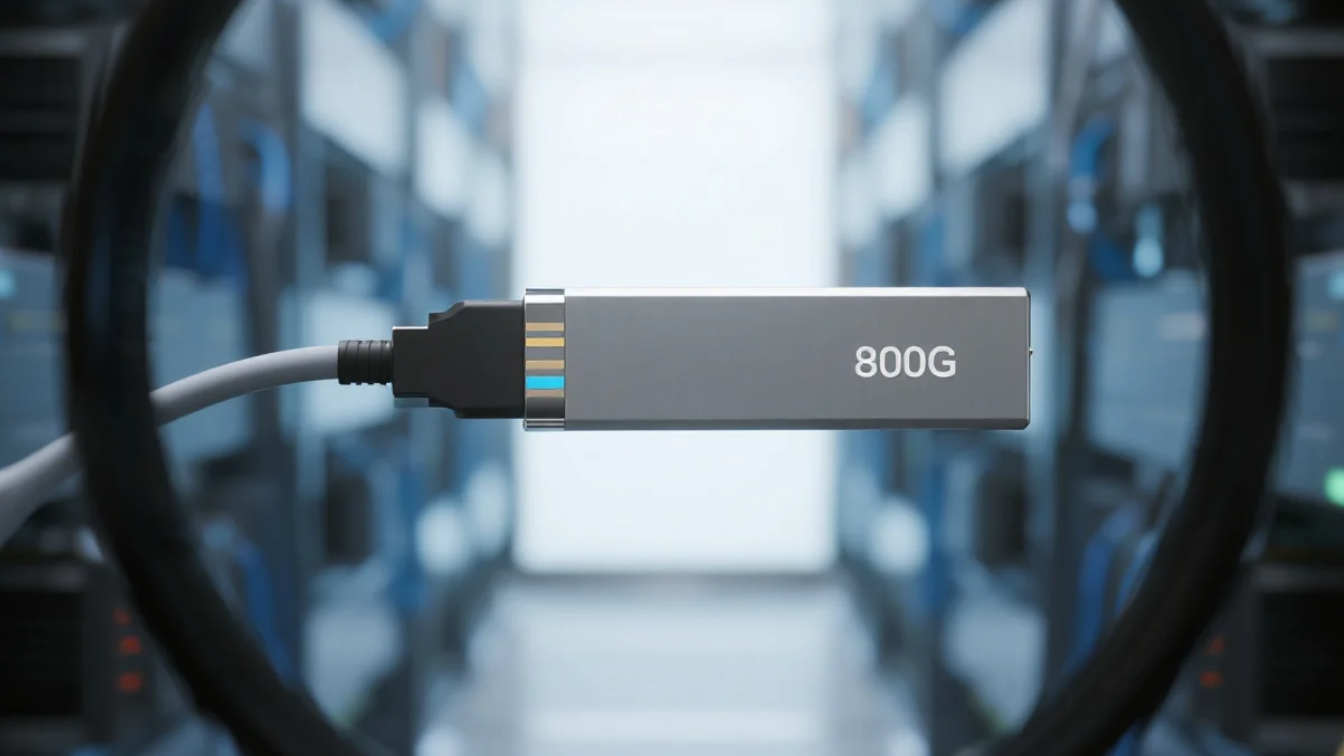
The jump from 400G to 800G transceivers is a significant milestone in optical networking. While previous generations, like 100G and even 400G modules, have successfully met the demands of their time, the exponential growth of data traffic from emerging technologies requires a new level of performance. 800G transceivers achieve their incredible speeds by employing sophisticated technologies that are absent or less mature in older modules.
A key enabler is PAM4 (Pulse Amplitude Modulation, 4-Level). Unlike the traditional NRZ (Non-Return-to-Zero) modulation, which sends one bit of data per signal, PAM4 encodes two bits of data into a single signal. This effectively doubles the amount of data transmitted in each clock cycle, allowing for higher data rates without requiring a proportional increase in the signaling baud rate. Many 800G transceivers utilize an 8x100G configuration, meaning they use eight electrical lanes, each modulated at 100Gbps using PAM4, to achieve a total throughput of 800Gbps. This approach dramatically increases network density and throughput while optimizing power consumption and reducing the number of fibers needed.
In addition to PAM4, these transceivers benefit from improvements in form factors like QSFP-DD and OSFP . These designs are engineered to handle the higher power and thermal requirements of 800G, ensuring reliable operation even in the most demanding environments. The choice between QSFP-DD and OSFP often depends on the specific application, with each offering unique benefits in terms of size, power consumption, and thermal management.
How 800G Transceivers Improve Network Performance
800GBASE 2 x DR4/DR8 OSFP PAM4 1310nm 500m DOM Dual MPO-12/APC SMF Optical Transceiver Module
Price range: NT$1,699 through NT$1,768
800G OSFP SR8-800GBASE 2 x SR4/SR8 OSFP PAM4 850nm 50m DOM Dual MPO-12/APC MMF InfiniBand NDR Optical Transceiver Module
Price range: NT$539 through NT$808
The introduction of 800G transceivers directly addresses the most pressing challenges in modern network infrastructure, providing a clear path to enhanced performance.
Unparalleled Bandwidth and Throughput
The most apparent benefit of 800G transceivers is their massive bandwidth. By doubling the capacity of their 400G predecessors, these modules eliminate bottlenecks and enable seamless data transfer. This is crucial for applications that require the movement of colossal data sets, such as real-time analytics, high-performance computing (HPC), and large-scale AI model training. With 800Gbps speeds, data centers can handle a massive surge in traffic without sacrificing performance, ensuring low latency and a smooth user experience.
Increased Network Density and Scalability
By enabling more data to be transmitted through a single module, 800G transceivers significantly increase port density. This means more bandwidth can be packed into the same physical space within a data center rack, which is invaluable for hyperscale environments where every square foot counts. This higher density allows network operators to scale their infrastructure to meet future demands without undertaking a complete physical overhaul, making networks more adaptable and “future-proof.” The higher data rate per module also means fewer transceivers and cables are needed to achieve the same total bandwidth, which simplifies network architecture and reduces complexity.
Enhanced Power and Cost Efficiency
While high-speed transceivers are often associated with higher power consumption, 800G transceivers are designed with efficiency in mind. By increasing the data rate per channel and utilizing advanced modulation, they reduce the cost and energy consumption per bit. Fewer transceivers are required to achieve the same network capacity, which in turn lowers overall power draw, cooling costs, and capital expenditure (CapEx). This focus on efficiency is vital for data centers striving to minimize their environmental footprint and operational costs.
800G Transceivers vs. Other Optical Modules
To truly understand the value of 800G transceivers, it helps to compare them to their predecessors.
100G Transceivers: While still widely used for many applications, 100G modules are becoming a limiting factor in high-density, high-demand environments. They rely on older technology and often require more fibers and equipment to achieve the same total throughput as a single 800G transceiver. This results in lower density and higher power consumption per bit.
400G Transceivers: The immediate predecessor, 400G modules, introduced key technologies like PAM4 and the QSFP-DD form factor. However, 800G transceivers double the bandwidth within the same or similar form factors, effectively providing twice the performance for a comparable physical footprint. This makes them the logical choice for network upgrades where maximizing speed and efficiency is paramount.
Ultimately, while 100G and 400G modules will remain relevant for many applications, 800G transceivers represent the cutting edge for organizations that require the absolute highest levels of performance. They are the go-to solution for building the next-generation of data centers and cloud networks.
The Future-Proofing Power of 800G
The adoption of 800G transceivers is more than just a speed upgrade; it is a strategic investment in the future. As AI, machine learning, and other data-intensive applications continue to grow, the demands on network infrastructure will only increase. By deploying 800G transceivers today, network operators and IT professionals can ensure their systems are equipped to handle this growth gracefully, preventing costly and disruptive overhauls down the line. They provide the necessary speed and scalability to support the innovation that will define the next decade of technology.
FAQ
Q1: What is the main difference between 800G and 400G transceivers? A: The main difference is the data rate. An 800G transceiver doubles the capacity of a 400G module, transmitting up to 800 gigabits of data per second. This is achieved through a more efficient use of electrical and optical lanes, often doubling the performance within a similar form factor.
Q2: What modulation format do 800G transceivers use? A: Most 800G transceivers use Pulse Amplitude Modulation (PAM4), which allows two bits of data to be transmitted per symbol. This is a significant improvement over the NRZ modulation used in lower-speed modules, enabling higher data rates without a proportional increase in the signaling baud rate.
Q3: Which form factors are common for 800G transceivers? A: The most common form factors are QSFP-DD and OSFP. Both are designed for high-density, high-power environments, with each having unique characteristics in terms of size, thermal management, and compatibility with previous generations.
Q4: In which applications are 800G transceivers most useful? A: 800G transceivers are essential for environments that demand ultra-high bandwidth and low latency. Their primary applications are in hyperscale data centers, cloud computing, AI and machine learning, and high-performance computing (HPC).
